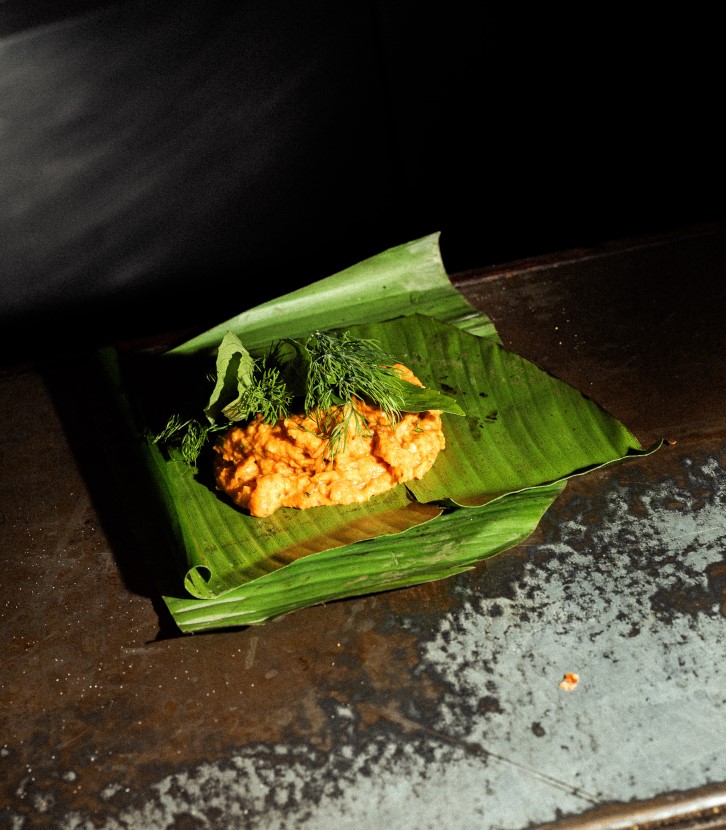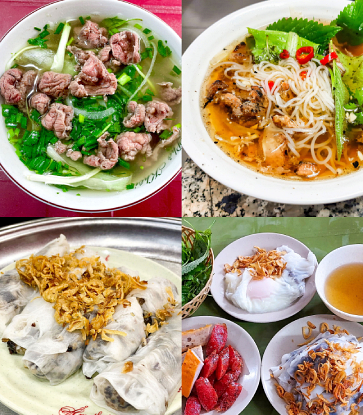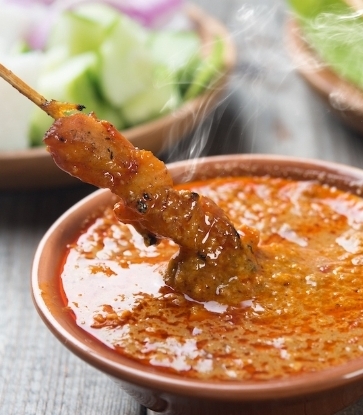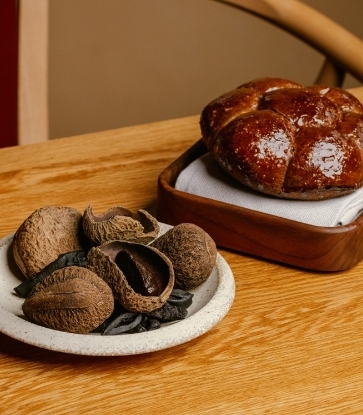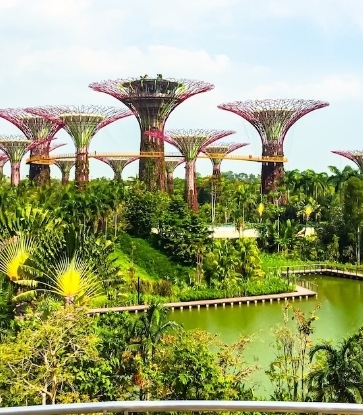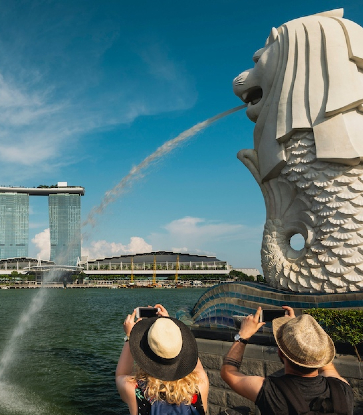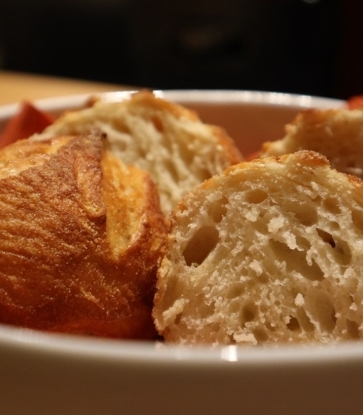They come in various forms – leavened or unleavened, baked, fried, steamed or slapped across the cavernous walls of tandoor. There are to date, over 30 types of Indian breads. They differ from region to region, with each city putting their own spin on the type of flour used and cooking method applied. But what these breads generally have in common is their ability to mop up delicious gravied curry or house various types of toppings and stuffings.
It may be daunting to set out and explore the expansive world of Indian breads so we’re here to help. In this episode of the MICHELIN Guide Tutorial series, we get Chef Manjunath Mural from one-MICHELIN-starred The Song of India to show us a few types of Indian breads.

The word chapat means “slap” in Hindi, giving us an idea of just how the Indian flatbread is made. The unleavened bread is formed by slapping and stretching out the dough between the palms of the cook before finding itself on a tava – a flat, disc-like frying pan.
But the real beauty of the chapati is in its ability to pair with virtually any gravied curry or stew. Its mild, nutty flavour along its relatively healthy preparation makes it India’s common staple food, an everyday bread if you will.

This layered flatbread finds its roots in Kerala, Tamil Nadu and India’s neighbor, Sri Lanka. It is often confused with the north Indian paratha for both flatbreads share similar attributes such as the crispy flakiness and layers. However, there are subtle differences between the two breads. The parotta, unlike the paratha, is made with maida flour, which has a higher gluten percentage. The result is a silkier, doughier flatbread.


One of the most popular unleavened flatbreads in India for its versatility, parathas are flaky, chewy and denser than chapatis. Unlike parottas, whose flakiness is achieved by repeatedly slapping the stretchy dough against the tava, the paratha’s flaky, chewy texture is achieved through a series of ghee-layering and folding – a technique typically employed in the making of puff pastry. Parathas are then baked on a hot tava before getting shallow-fried off.
The result is a beautiful crisp flatbread that can carry and hold up well against thick curries and dry stir-fries without disintegrating.

Probably the most famous of Indian breads, this delicious leavened bread is best served fresh off the tandoor (read: curved, cylindrical claypot ovens that run on wood or charcoal) with dishes like tandoori chicken and kebab. While it is traditionally made in a tandoor, it can be easily recreated in an oven or pan at home.
Just remember to brush it with some ghee or butter when you’re done.

Fried to a golden, crispy puff is puri, a delicious unleavened Indian flatbread that inflates once the dough hits the oil. It is best accompanied by a chana masala (thick chickpea curry), korma (braised meat and vegetables) or a dhal.

Like a puri, the bhatura is a deep-fried, golden ball of goodness. But unlike the puri, and more similar to naan, the bhature is a leavened bread made with maida flour, yoghurt, ghee and yeast. It is often eaten with chana masala for breakfast and comes served with a tall glass of lassi, a yoghurt drink mixed with water and spices, which originates from India’s Punjab region.

It is a flatbread typical of Maharastrian cuisine, which is known for their austere yet flavourful foods in India. Farmers often carry sheets of bhakri out with them to the fields at the crack of dawn alongside chutneys, baingan bharta (a dish of spiced eggplant similar to the Middle Eastern baba ghanoush) and rice.
There are two main types of bhakhris, one is cooked like a pancake on a hot tava while the other is puffed up and served with ghee.

8. Phulka
This is commonly mistaken for Chapati, as both breads are made with wheat flour. The name “Phulka” is similar to the term “Phulna” in Hindi, which translates to balloon. Phulka, therefore, can be simply identified as the Indian bread that balloons and puffs up. It’s also made using smaller pieces of dough that weigh about 25g each. Did you know, people in India can consume up to 10 pieces of Phulka in a meal?

9. Thosai
Thosai, also known as Dosa, is mainly enjoyed by people in the Southern parts of India such as Andhra Pradesh, Tamil Nadu, Kerala and Karnataka. It is made using rice and urad dal, which is first soaked then ground and left to ferment overnight. Usually, Thosai is stuffed with potatoes and served alongside chutneys, and is an integral part of every family meal.
Article updated in August 2019 with additional reporting by Karyn Wong



